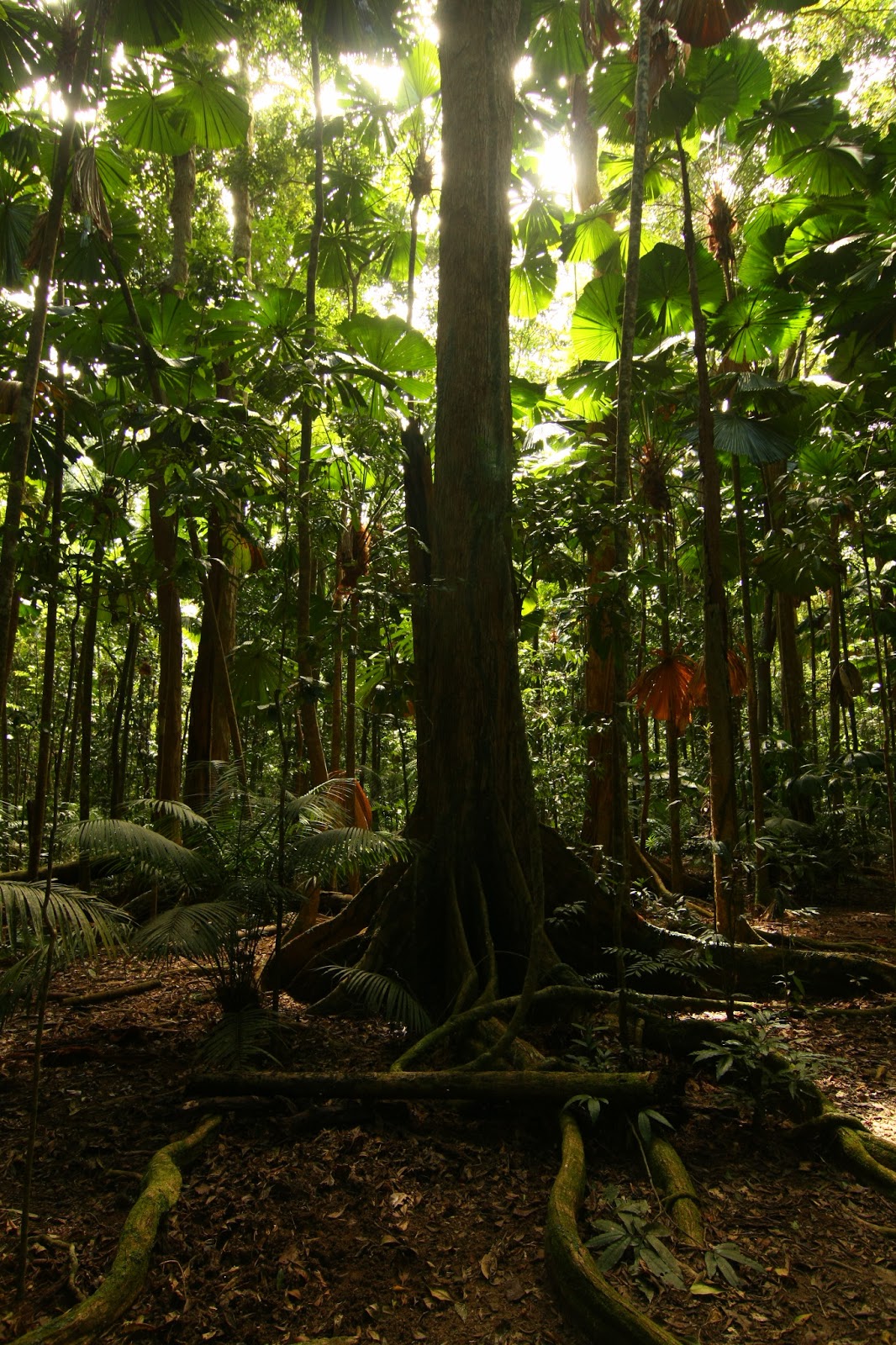Posts
Fluorescence.
- Get link
- X
- Other Apps
©Paul o’Dowd 2013 Fluorescence You’ve heard the reactions of people who witness the Reef for the first time. “The colours are amazing!”, “The fish are so bright!”... The question is; how do many marine creatures manage to appear brighter than the ambient light would seem to permit. Pigments are chemicals which absorb some wavelengths of light and reflect others. Many of the colours we see around us are the result of pigments reflecting selected wavelengths and absorbing others. The energy associated with the absorbed light might then be used for other things. Plants appear green because the green part of the spectrum is not absorbed by the pigments that harvest the energy of sunlight. Instead, the wavelengths that make up the green part of the spectrum are reflected and that’s what we see. Some pigments though, absorb certain wavelengths only to instantly release that energy as an emission of light of a different colour. This is called, ...
Coral and Colonies
- Get link
- X
- Other Apps
Go and find a piece of plate coral close to the surface and spend a minute looking closely between the coral fingers and amongst the polyps. Upon the surface and within the mucous layer, in the flesh and in the matrix of the coral skeleton, reside a fantastic collection of highly adapted, mutually independent symbiotic partners. These symbionts include representatives of all the major groupings of the tree of life. There are bacterial, archean, protozoan, fungal, algal and animal communities occurring throughout all levels of the coral colony. These genetically diverse populations themselves are intricately integrated with each other and the animal hosts into stable structures which we call coral colonies. A wide assortment of animals inhabits the complex microhabitat of the coral plate. These residents are often sculpted and coloured in ways that provide almost complete camouflage against the background of their particular host coral. The residents have comp...
Bioluminescence
- Get link
- X
- Other Apps
©Paul o’Dowd, 2013 Bioluminescence In many environments, various organisms emit a ghostly green, blue, yellow or even red radiance. On the reef and in the rainforest, bioluminescent displays are an important feature of the nocturnal landscape. The spooky emanations may appear as points of light, blinking or otherwise, dotting the rainforest floor. It may look like inexplicable patches of moonlight under the rainforest canopy on a moonless night. It may appear as flashing pin-points of brilliance, carving punctuated tracks through the gaps in the vegetation. Some generators of this living light will flock into large groups that shimmer with random scintillations which occasionally become synchronized, causing pulses of light to course through the collective. Sometimes, simply moving through certain environments can result in vivid blue emissions which leave persistent glowing records of your passage. In eac...
Iridescence
- Get link
- X
- Other Apps

Iridescence Colour can be generated in a couple of ways. We are very familiar with colours produced by pigments or dies. Some insects and birds, compact disks, oil slicks and other things however, produce their bright, pure colour through the process of iridescence. A pigment absorbs light in most parts of the spectrum and reflects a small range of wavelengths to give the impression of the pigmented surface being ‘coloured’. Clothing, hair, paint, plant tissue and skin colours are all pigment based effects. It is a chemical effect, in fact the colour of something can tell you a lot about its chemical make-up. Hemoglobin makes blood red, carotene, from carrots is yellow-orange, and melanin gives you your tan and hair colour. The effect relies on electrons in the pigment molecules behaving in certain ways to achieve the result of absorbing particular wavelengths of light and reflecting others. Iridescence is a very different process. It relies on ...
Rainforest Architecture.
- Get link
- X
- Other Apps

Rainforest Architecture. The structure of a tropical rainforest is what many people would consider a bit upside down. While the deep-rooted trees of temperate forests are free-standing, and often ancient, behemoths, tropical rainforest trees are not as massive or old. They have roots only at the surface and they are supported mainly by their crowns. A healthy tropical rainforest possesses a highly ordered and organised architecture. Enough trees have reached a sufficient height to form a “canopy” of interlocking tree crowns bound together by vines. The canopy forms a skin over the rainforest ecosystem and it regulates many of the conditions within the forest. The canopy provides almost complete shade to the forest floor. In the absence of light, plants don’t do much growing and this subdues the plants below the canopy. Thus, the understory is dominated by a relatively open forest floor, studded with an even spread of younger plants and trees of all ages which are n...